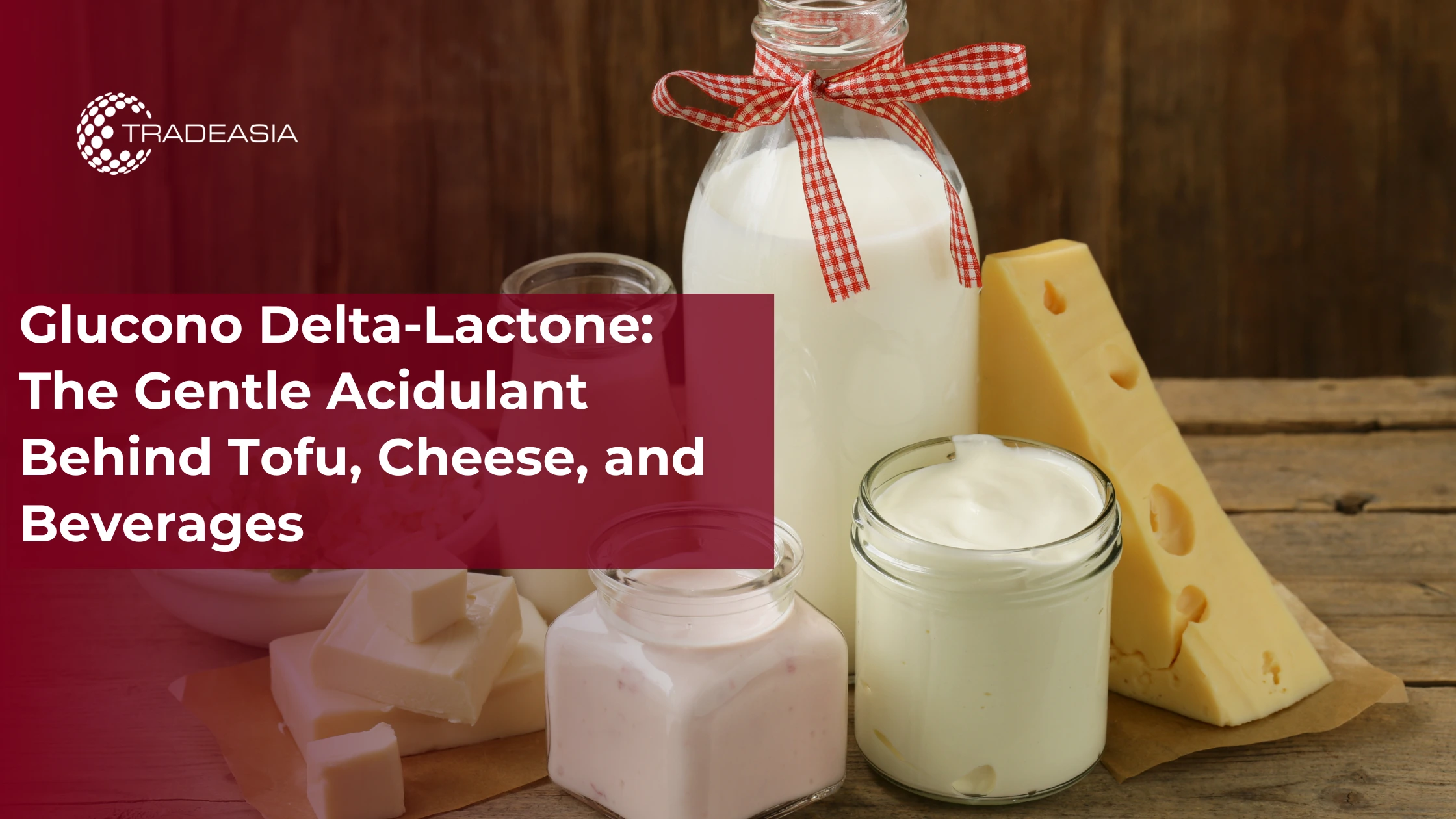Glucono Delta-Lactone: The Gentle Acidulant Behind Tofu, Cheese, and Beverages

Table of Content
- What Is Glucono Delta-Lactone?
- Key Functional Benefits in Food Processing
- Applications Across the Food Industry
- Clean-Label and Consumer Appeal
- Safety and Regulatory Approval
Glucono delta-lactone (GDL) has quietly become an indispensable ingredient in the food industry, prized for its gentle yet effective acidifying properties. Often overshadowed by more familiar additives, GDL’s unique characteristics enable it to deliver superior texture, flavor balance, and product stability across a range of food products — from tofu and cheeses to beverages and baked goods. Understanding this compound’s benefits and applications reveals why it remains a trusted choice for many manufacturers in 2025.
What Is Glucono Delta-Lactone?
Glucono delta-lactone is a naturally derived organic acid obtained through the fermentation of glucose. Unlike strong acids, GDL is a slow-release acidulant. This means it gradually hydrolyzes in the presence of water to form gluconic acid, gently lowering pH over time. Its mild acidification preserves the integrity of delicate proteins, improves texture, and enhances flavor without imparting unwanted sharpness.
Key Functional Benefits in Food Processing
Controlled Acidification: GDL’s slow hydrolysis allows for a gradual decrease in pH, which is especially beneficial in foods where a gentle setting or curdling process is required. This property distinguishes it from harsher acidulants and leads to better control over final product quality.
-
Texture Improvement: In tofu production, GDL acts as a coagulant that helps form a smooth and firm curd with a desirable bite. Similarly, in certain cheeses, it aids in curd formation, improving product consistency and shelf life.
-
Preservation and Shelf Life: By lowering the pH steadily, GDL inhibits microbial growth in dairy, meat substitutes, and beverages, contributing to improved food safety and extended freshness naturally.
-
Flavor Enhancement: GDL’s mild acid profile helps balance flavors without introducing the sharp acidity typical of other acidulants like citric or lactic acid. This makes it ideal for delicate beverages and dairy desserts where a smooth taste is preferred.
Applications Across the Food Industry
Tofu and Soy Products: As a preferred coagulant, GDL produces tofu with a tender yet firm texture, highly valued by consumers seeking plant-based protein options.
-
Beverages: Used as a pH regulator and buffering agent in juices and specialty beverages, GDL enhances mouthfeel and natural flavor profiles.
-
Baked Goods: It acts as a leavening acid in baking powders, enabling predictable rising and crumb structure in cakes and pastries.
-
Meat and Plant-Based Alternatives: GDL contributes to pH control, textural improvement, and microbial stability in processed meats and emerging plant-based protein products.
Clean-Label and Consumer Appeal
The consumer trend toward clean-label and naturally sourced ingredients aligns perfectly with GDL’s profile. Derived via fermentation and approved as a “natural” additive, its usage promotes transparency and meets the rising demand for minimally processed foods without artificial preservatives.
Safety and Regulatory Approval
Glucono delta-lactone complies with global food safety regulations, including FDA and EFSA standards, ensuring its safety and reliability as a food additive. Its long history of use and non-toxic nature provide confidence to manufacturers and consumers alike.
Source:

Leave a Comment